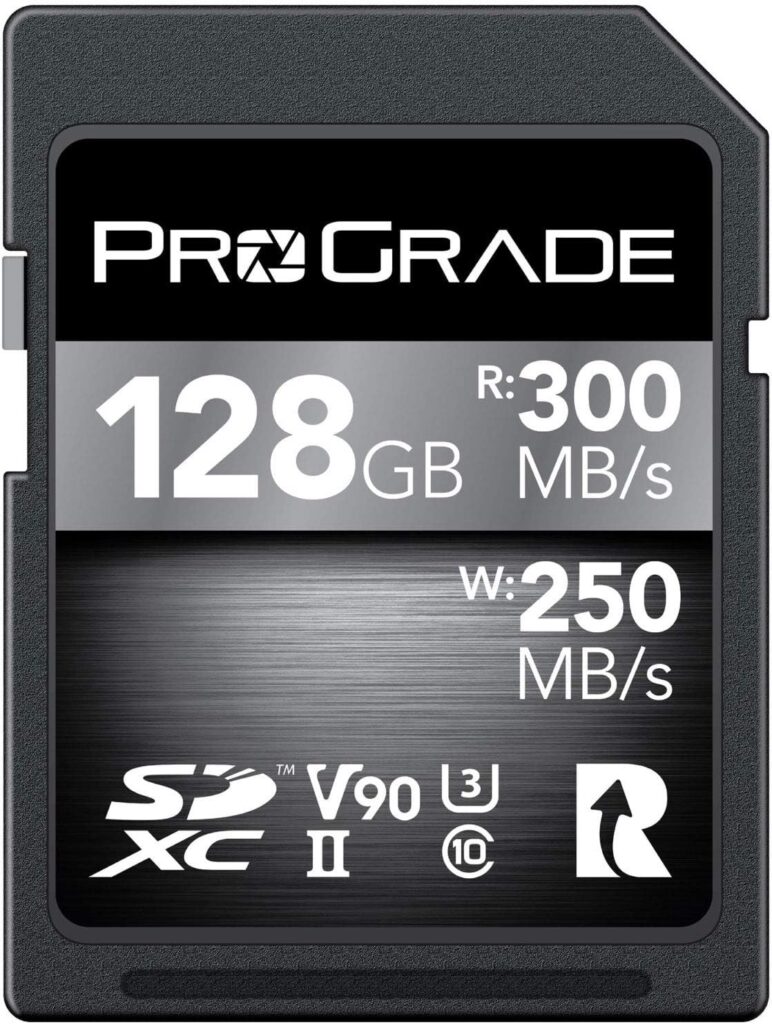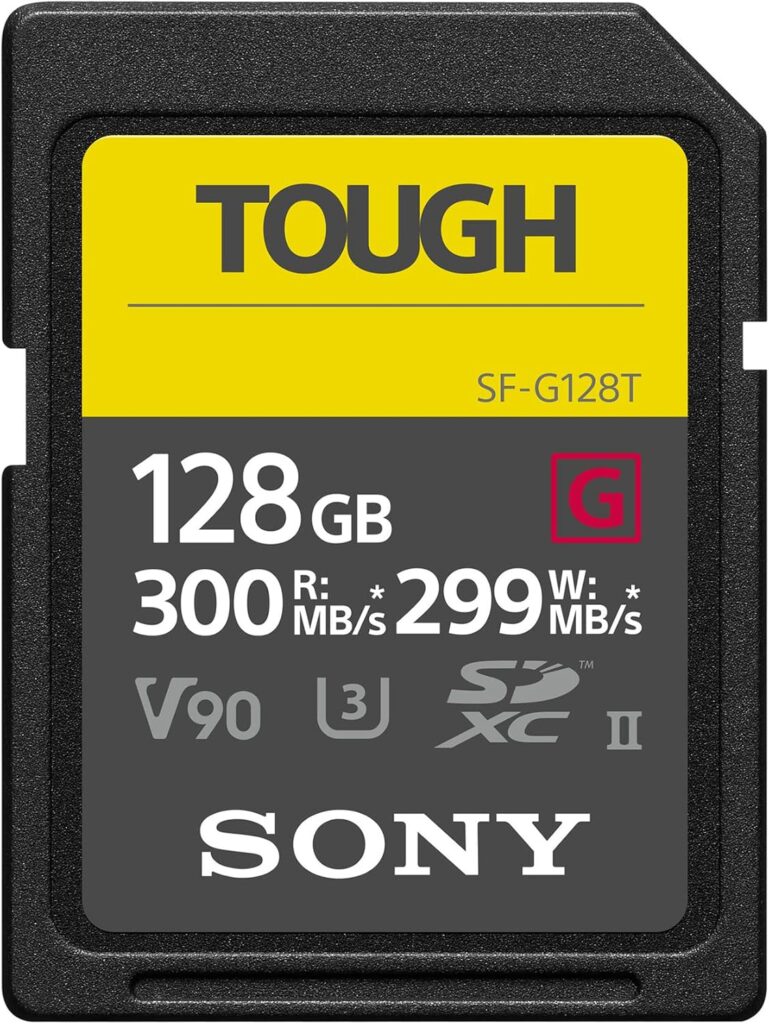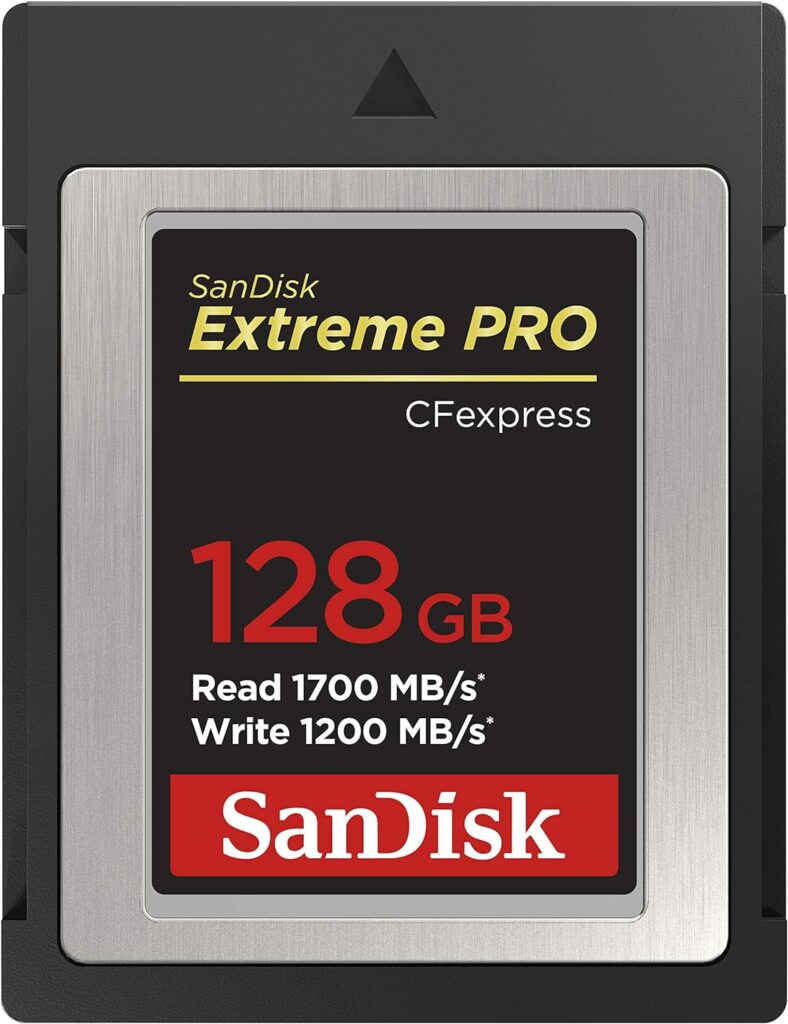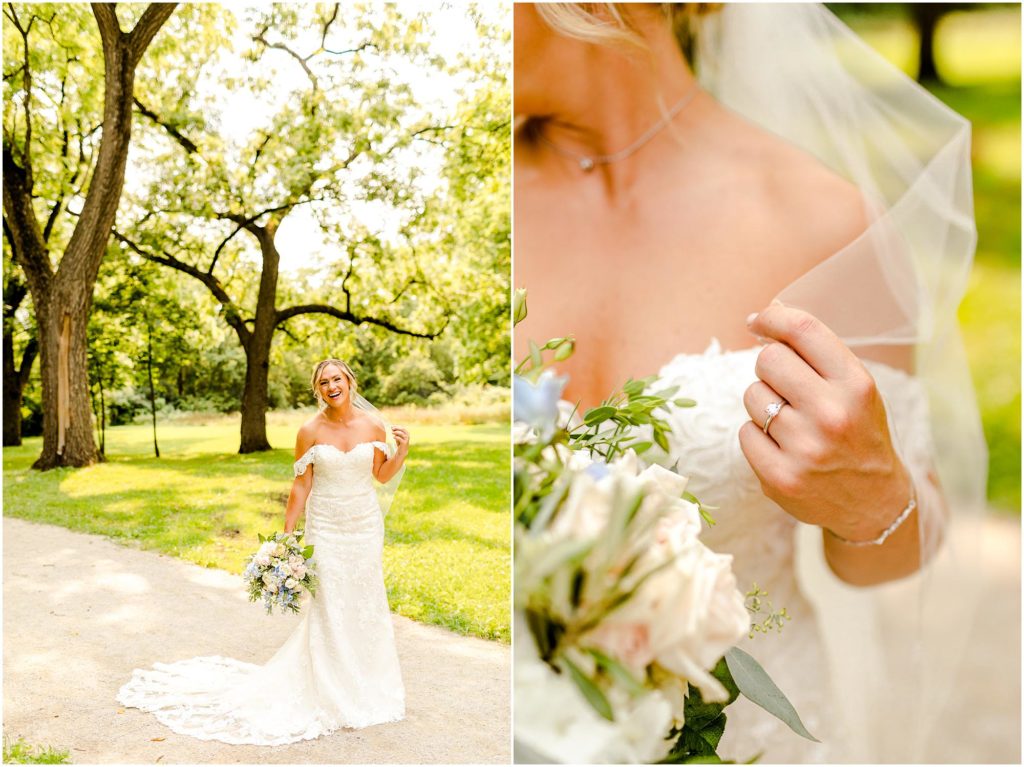
As a wedding photographer, your clients trust you with their most precious memories. Behind every portrait and candid moment lies something often overlooked but absolutely crucial – your memory cards.
While most photographers obsess over camera bodies and lenses, we’ve learned through both success and failure that these small pieces of technology can be the difference between delivering beautiful memories and facing a photographer’s worst nightmare.
I remember when we would delete individual photos off the memory card…on the wedding day. I also remember the day I read about how bad that was and how lucky I was to not have corrupted the card and lost all the memory cards. Thankfully we didn’t learn that lesson the hard way but we know so many others have!
We created this guide specifically for those wanting guidance on memory – we want to share what we wish we had known when we started and to help you make confident decisions about the gear that protects your clients’ memories.
Before we get started, if you are looking into wedding photography and want to know how to get started with your very own wedding photography business, check out our steps on that. Also we have our 2025 wedding photography gear recommendations, full of cameras, lenses, and accessories!
Table of Contents
- Why Memory Card Choice is Critical for Wedding Photography
- Understanding Memory Card Types and Speeds
- Top Memory Cards for Professional Wedding Cameras
- Backup Strategies: How Many Memory Cards Wedding Photographers Need
- Memory Card Management During Wedding Days
- Common Memory Card Failures and How to Avoid Them
- Investment Considerations: Cost vs. Reliability
- Conclusion
Why Memory Card Choice is Critical for Wedding Photography
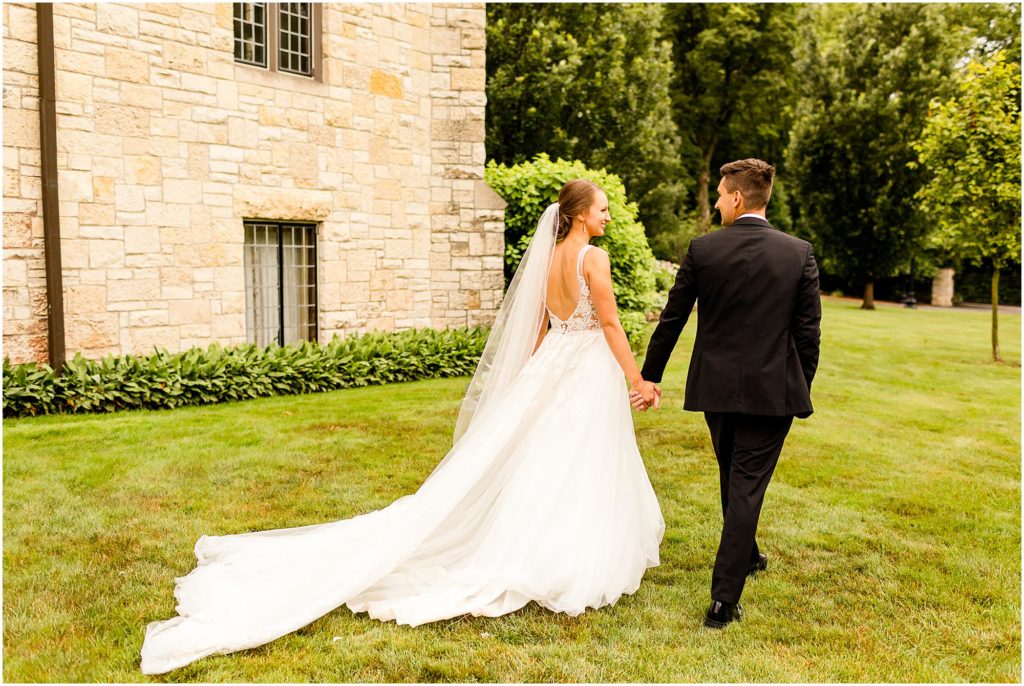
Here’s a scenario that no wedding photographer ever wants to face: You’re downloading images from an amazing wedding day, and suddenly you see it – the dreaded “card error” message. Your stomach drops, and you break into a cold sweat. We’ve seen this happen to other photographers, and it’s exactly why memory card selection matters so much in wedding photography.
Wedding days are unique in professional photography because you can’t just reshoot if something goes wrong. There’s no “let’s try that first kiss again” or “could you walk down the aisle one more time?” Every moment happens exactly once, and your memory cards need to capture each one flawlessly.
When you’re shooting a wedding, your camera is writing massive amounts of data continuously. We’re talking about thousands of high-resolution images, often shooting in RAW format, sometimes in burst mode, and hopefully always writing to both card slots simultaneously for backup. Your memory cards need to handle all of this without hesitation or failure.
Think of your memory cards like the foundation of a house – it’s not the most glamorous part, but everything else depends on it being rock solid. The most expensive camera body and the fanciest lenses won’t matter if your memory cards can’t keep up with the demands of a wedding day.
Understanding Memory Card Types and Speeds
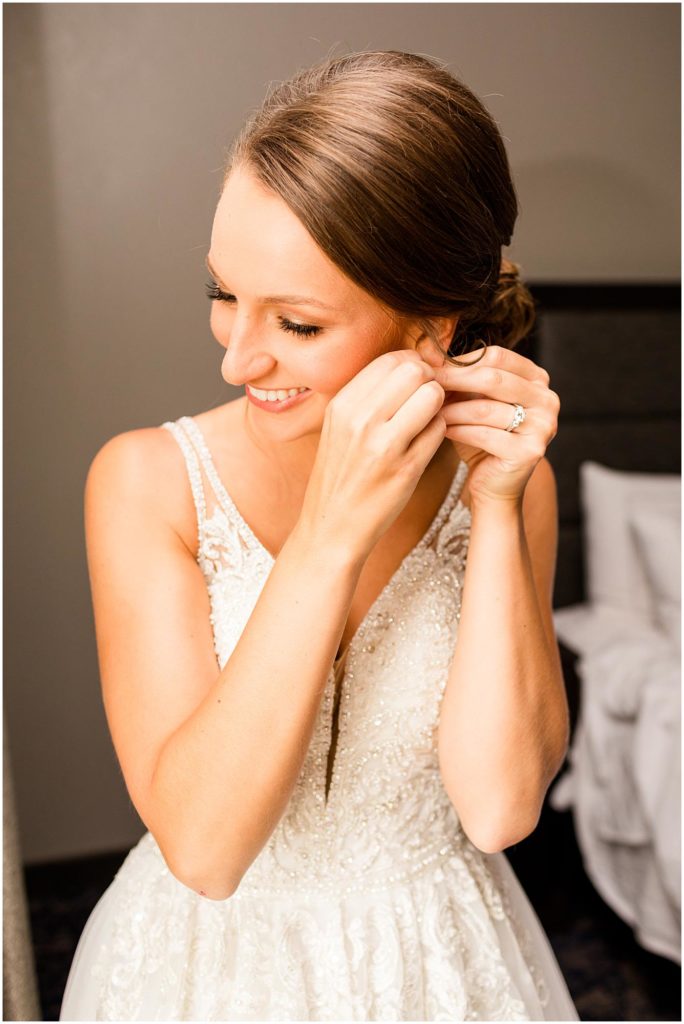
Let’s break down memory card specifications in plain English, because those numbers and symbols can be really confusing.
You’ll mostly encounter two types of cards in professional cameras: SD cards and CFexpress cards. SD cards are what most photographers are familiar with – they’re the more common and generally less expensive option.
CFexpress cards are the newer kid on the block, offering blazing fast speeds but coming with a higher price tag. The type you need depends on your camera model, so check your camera’s manual before making any purchases.
Now, let’s talk about those speed ratings you see on SD cards. You might notice numbers like “V30,” “V60,” or “V90.” Think of these like speed limits on a highway. V30 means the card guarantees it won’t write slower than 30 megabytes per second, V60 won’t go below 60, and V90 keeps up at least 90 megabytes per second.
For wedding photography in 2025, we recommend nothing less than V60 cards, especially if you’re shooting with high-resolution cameras. When you’re capturing that crucial first dance moment in burst mode, you don’t want your buffer filling up and your camera slowing down.
CFexpress cards take things to another level entirely. They’re like going from a regular highway to the Autobahn – we’re talking speeds measured in gigabytes per second rather than megabytes. They might be overkill for some cameras but absolutely necessary for others, especially if you’re shooting high-resolution video alongside stills.
Top Memory Cards for Professional Wedding Cameras
Every failed memory card is a wedding photographer’s worst nightmare, and we want to help you avoid that entirely.
ProGrade Digital V90 SDXC UHS-II
For professional wedding work, the ProGrade Digital V90 SDXC UHS-II stands as our top recommendation. When you’re photographing that perfect candid moment during the father-daughter dance or catching the groom’s reaction as his bride walks down the aisle, this card keeps up with every burst of shots.
Its write speeds handle RAW files from high-megapixel cameras without hesitation, ensuring your buffer clears quickly so you’ll never miss a crucial moment. Yes, these cards cost more than standard options, but they’re worth every penny when you consider the irreplaceable moments they’re protecting.
Sony TOUGH-G series SDXC UHS-II Card
The Sony Tough-G Series V90 cards have earned a strong reputation among wedding photographers for handling challenging conditions. As you develop your wedding photography career, you’ll encounter all sorts of situations – from sudden rain during outdoor ceremonies to dusty old barns, and moments when you need to swap cards quickly between events.
These cards are engineered specifically for such demands. Their one-piece design eliminates common failure points that can plague traditional SD cards, and the weatherproof construction adds protection when working in unpredictable conditions. For wedding photographers who often work in challenging environments or need extra durability in their gear, these cards offer features that could prove invaluable during critical moments.
While they represent a higher investment than standard cards, many photographers find that the added durability makes them worth considering for professional wedding work.
CFexpress Card Type B
If you’re shooting with a camera that supports CFexpress Type B cards, let’s talk about what the ProGrade Digital Cobalt series could mean for your wedding photography. These cards are designed for photographers who demand absolute peak performance – we’re talking about shooting in situations where every split second counts.
Think about those critical ceremony moments where you’re capturing both stills and video: the bride coming down the aisle, the first kiss, the ring exchange. You need a card that won’t make you choose between modes or make you wait while the buffer clears.
While they represent a serious investment, these cards really shine when you’re pushing your camera to its limits. If you’re offering both photo and video coverage, shooting with the latest high-resolution cameras, or working in challenging lighting conditions where every fraction of a second matters, these cards will keep up with whatever you throw at them.
The ability to handle data speeds in gigabytes per second means you’ll never miss a moment because your camera is still writing to the card – and in wedding photography, those moments are everything.
Finally, here’s a crucial piece of advice that could save your reputation: only purchase from authorized dealers. We’ve seen too many nightmare scenarios where photographers saved money on memory cards only to find out later they were counterfeits. The wedding industry runs on trust and referrals – don’t risk either by cutting corners on memory cards.
Backup Strategies: How Many Memory Cards Wedding Photographers Need
As a wedding photographer, one of the most common questions you might have is exactly how many memory cards you need in your kit. Let’s break this down into what you’ll actually need for a typical 8-hour wedding day, and why these numbers matter for your peace of mind.
Here’s exactly what we recommend having in your kit:
- Primary Camera: 4 cards (64GB each) & 4 more SD cards or 4 CF Cards
- Backup Camera: 2 cards (64GB each) & 2 more SD cards or 2 CF Cards
- Emergency Backup: 2 additional cards of each kind
- Professional card reader(s)
- Two water-resistant card cases
For photographers using dual card slots (which we strongly recommend), you’ll need double the amount for your primary camera(we account for this above) since you’re writing to two cards simultaneously. This might sound like a lot, but here’s why: you never want to fill your cards more than 75% capacity during a wedding.
When you’re shooting RAW files on modern high-resolution cameras, capturing both candid moments and formal portraits, those files add up quickly. A single card might hold enough for the entire wedding, but spreading your coverage across multiple cards provides crucial protection against card failure.
Think about your wedding day in segments: getting ready, ceremony, portraits, and reception. Using fresh cards for each major part of the day isn’t just about storage – it’s an insurance policy for your clients’ memories. If a card issue ever occurs, you’ve limited any potential problems to one part of the day rather than risking the entire wedding.
Having extra cards also means you’re prepared for those unexpected moments, like when the reception runs longer than planned or when you find yourself taking more photos during golden hour portraits than anticipated.
Memory Card Management During Wedding Days
Managing memory cards on a wedding day might not seem glamorous, but having a solid system will save you from stress and potential disasters. Creating habits around your card management is just as important as knowing your camera settings or mastering your lighting techniques.
Start your wedding day with a clean slate – every card formatted and ready to go. Set up a simple but effective system in your card wallet: all empty, formatted cards facing one way, all used cards facing the opposite direction.
This might sound basic, but in the heat of a wedding day when you’re changing cards between the ceremony and family portraits, this visual system can prevent you from accidentally formatting a card full of important shots.
Your card management actually begins before the wedding day itself. We recommend establishing a routine where you format cards in-camera only after you’ve:
- Created a backup on a separate drive
- Downloaded all images to your main computer (if you want to be extra safe)
- Verified that both copies are complete and accessible
- Marked the card as ready for reuse in your tracking system
This careful approach might feel like overkill until that one time it saves an entire wedding’s worth of images from being lost.
Common Memory Card Failures and How to Avoid Them
Memory cards can fail even when you do everything right. But understanding the most common causes of failure can help you avoid heart-stopping moments with your clients’ images.
Physical damage is your memory card’s worst enemy. Never remove a card while your camera’s memory light is blinking – this is like unplugging your computer while it’s saving a file. Keep your cards in a protective case, not loose in your camera bag where they can get crushed or damaged. Those gold contacts on your cards?
They’re sensitive. Avoid touching them, and keep them away from dust, water, and extreme temperatures. That means no leaving cards in your hot car between wedding day segments.
The less obvious culprit in card failures is how you manage your card’s data. Formatting your cards in-camera, rather than through your computer, helps maintain the card’s proper file structure.
When you’re culling images, resist the urge to delete individual photos in-camera during the wedding – this can fragment your card’s data structure and potentially cause issues. Using a high-quality card reader matters too – those cheap USB adapters might seem fine until they corrupt a card full of wedding photos.
Investment Considerations: Cost vs. Reliability
When you’re first building your wedding photography kit, seeing memory card prices in the hundreds of dollars each can be intimidating. It’s tempting to go for those budget cards you see online, especially when they seem to offer similar specifications at a fraction of the price. However, let’s talk about what you’re really investing in when you choose professional-grade memory cards.
Consider this perspective: You’re likely charging thousands of dollars to document a couple’s wedding day. Your clients are trusting you with memories they can never recreate – their first kiss as a married couple, emotional parent dances, unexpected moments of joy and tears.
Now imagine having to explain that those memories are gone because you tried to save $100 on a memory card. Professional-grade cards aren’t just about storage capacity; they’re about reliability when it matters most.
For a complete professional memory card setup in 2025, you should budget between $800-1200. This investment typically includes your primary shooting cards, backup cards, and a professional card reader. While this might seem substantial, spread across multiple weddings, it comes down to a small cost per event for the peace of mind it provides.
When building your wedding photography pricing, factor in replacing your cards every 24 months – not because they’ve failed, but because prevention is always better than trying to recover lost memories.
Conclusion
Memory cards might not be the most exciting part of your wedding photography gear, but they’re the foundation of everything you deliver to your clients. Your choice of cards, combined with a solid backup strategy and careful management, can mean the difference between a thriving wedding photography business and a devastating data loss that impacts your reputation.
Start with quality cards that match your camera’s capabilities. If you’re new to wedding photography, begin with a smaller set of professional-grade cards and expand as your business grows. Remember that having backup cards isn’t optional – it’s a fundamental part of being a professional. Whether you’re shooting your first wedding or your hundredth, every couple deserves the security that comes with proper redundancy.
As you develop your wedding photography business, treat your memory card strategy as seriously as you treat your camera technique or your client relationships. The investment in professional-grade memory cards, combined with careful card management habits, will serve as the backbone of your ability to consistently deliver outstanding images to your couples. After all, the best photography gear in the world means nothing if you can’t reliably deliver the moments you’ve captured.
Affiliate Disclosure: Some links in this post are affiliate links, meaning we may earn a commission if you make a purchase through our links, at no extra cost to you. As wedding photographers ourselves, we only recommend gear we’ve thoroughly researched or would use in our own business. Your support helps us continue creating valuable content for the photography community.
